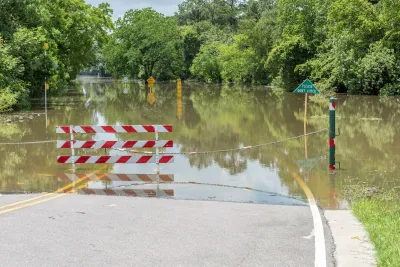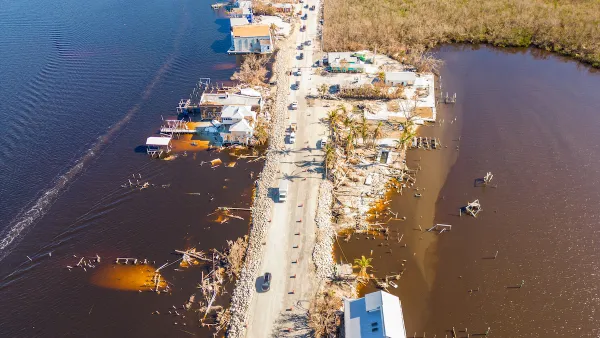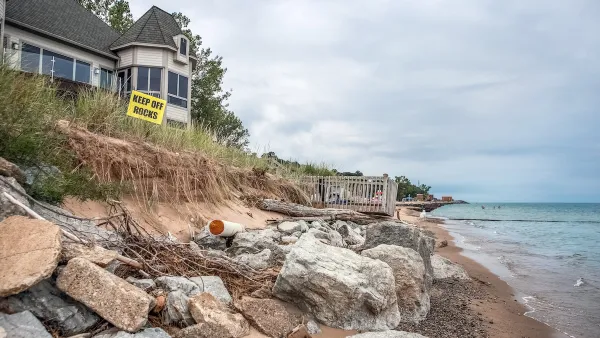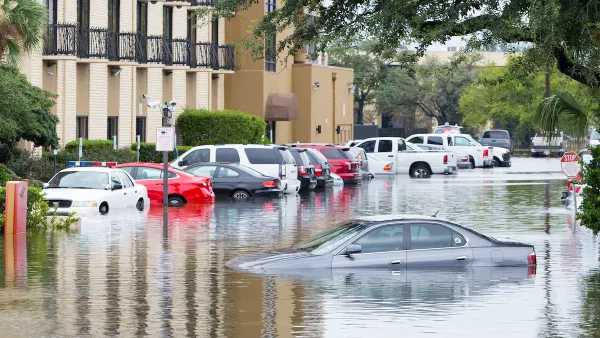As more Americans are displaced by wildfires, flooding, erosion, and other climate risks, safer regions should prepare for a wave of migration.

Parts of the country that are protected from many of the worst climate disasters and extreme weather could see a major influx of population in the next few years, writes Abrahm Lustgarten in The Atlantic, citing an interview with Beth Gibbons of the American Society of Adaptation Professionals (ASAP).
Tens of millions of Americans may move in response to these changes, fleeing coasts and the countryside for larger cities and more temperate climates. In turn, the extent to which our planet’s crisis can present an economic opportunity, or even reimagining, will largely depend on where people wind up, and the ways in which they are welcomed or scorned.
Gibbons says states like Michigan, where towns have underutilized infrastructure and relatively cheap housing, should encourage Californians and others displaced by wildfire risk to move there. “The Great Lakes region should market itself as a climate refuge, she thinks, and then build an economy that makes use of its attributes: the value of its water, its land, its relative survivability.”
However, climate migration can also lead to gentrification and tensions between old and new residents; “not so far down the line, forced migration could instead yield fears of newcomers as economic burdens.”
FULL STORY: America’s Climate Boomtowns Are Waiting

National Parks Layoffs Will Cause Communities to Lose Billions
Thousands of essential park workers were laid off this week, just before the busy spring break season.

Retro-silient?: America’s First “Eco-burb,” The Woodlands Turns 50
A master-planned community north of Houston offers lessons on green infrastructure and resilient design, but falls short of its founder’s lofty affordability and walkability goals.

Delivering for America Plan Will Downgrade Mail Service in at Least 49.5 Percent of Zip Codes
Republican and Democrat lawmakers criticize the plan for its disproportionate negative impact on rural communities.

Test News Post 1
This is a summary

Test News Headline 46
Test for the image on the front page.

Balancing Bombs and Butterflies: How the National Guard Protects a Rare Species
The National Guard at Fort Indiantown Gap uses GIS technology and land management strategies to balance military training with conservation efforts, ensuring the survival of the rare eastern regal fritillary butterfly.
Urban Design for Planners 1: Software Tools
This six-course series explores essential urban design concepts using open source software and equips planners with the tools they need to participate fully in the urban design process.
Planning for Universal Design
Learn the tools for implementing Universal Design in planning regulations.
EMC Planning Group, Inc.
Planetizen
Planetizen
Mpact (formerly Rail~Volution)
Great Falls Development Authority, Inc.
HUDs Office of Policy Development and Research
NYU Wagner Graduate School of Public Service





























